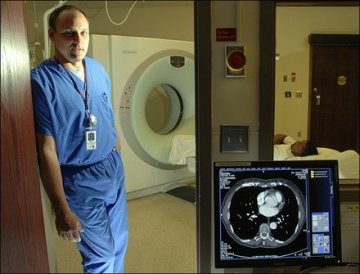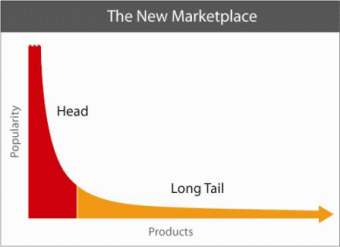Canada’s Great Opportunity To Reduce Maternal & Childhood Mortality
 By Keith Martin MD, MP
By Keith Martin MD, MP
March 8th is the 100th Anniversary of International Womens Day.
What an extraordinary opportunity this is to introduce an initiative that will save the lives of nine million women and children who perish every year from preventable and treatable causes. As Chair of the UN Commission for Accountability and Transparency on Maternal and Child Health, Prime Minister Harper has the chance to lead this initiative.
Up until recently, the international community has paid scant attention to the catastrophic loss of 340 000 pregnant women a year. Millennium Development Goal 5: to reduce maternal mortality by 75 per cent and achieve universal access to reproductive health by 2015, has actually been the most neglected of all the MDGs. Yet this is the most important one because it can positively influence all the other goals from poverty reduction, access to education, child health, and much more. No other MDG has this power. Dollar for dollar investing in maternal health has the most profound impact on a population’s well being. With this knowledge what should Prime Minister Harper’s next steps be?
Initiatives to address the world’s major health challenges have tended to focus on specific diseases and discreet interventions: anti-retroviral medications for AIDS, bed nets for malaria, and vaccinations for an array of communicable diseases. All of these interventions are very important. However, to effectively implement them you need a mechanism. The tendency to silo our efforts to address specific diseases, rather than develop a system to implement effective public health measures has weakened our ability to save lives and reduce suffering.
Herein lies Mr. Harper’s great opportunity. In his new role he should advocate that resources be used to fund the one common pathway that will not only reduce maternal and child deaths, but can also be used to:
Treat the most common killers in the developing world (gastroenteritis, pneumonia, malnutrition, tuberculosis, malaria, AIDS etc) Address the increased burden of chronic diseases (cardiovascular diseases, diabetes etc.) Manage an array of other health care problems (the 17 neglected tropical diseases that affect 1.4 billion people worldwide, the deplorable lack of access to basic surgical procedures etc.).
The common pathway to address these health challenges is access to primary care. This is the bedrock of a good public health system and is comprised of access to reliable diagnostics, medications, adequate nutrition, clean water, sanitation, electricity, basic surgical capabilities, and most importantly, skilled health-care workers. This is the pathway through which everything from public health education, prevention programs, treatment, and follow up can occur. If you do not invest in a strong primary care system and fit specific interventions into that framework, then you can have scattered, disjointed, individual activities that do not create the long term capacity building low resource communities desperately need.
Investing in primary health care will save the lives of many of the 340 000 pregnant women and 8.8 million children who perish annually. It will also enable local service providers to prevent and treat the greatest health challenges of our time. Mr. Harper can do much to direct the $40 billion pledge by the G8 and UN to strengthen primary care systems in the developing world. He could effectively do this by partnering with organizations that already have sites and reliable logistical systems in place.
Through augmenting existing public health facilities and using reliable non-governmental organizations like The World Food Program, Medecins Sans Frontieres, the International Red Cross, and faith based groups that have successfully been providing care for decades in areas no one else dared to venture into, Mr Harper can leverage these investments and reduce administrative costs by not inventing new pathways.
It is also crucial that interventions have a long term horizon and are guided by the recipient nation, not the donor. Programs that come from distant Western organizations and do not receive local buy-in often fail.
Every dollar spent in primary care ultimately reduces health-care costs by $4 and social costs by a staggering $30. Thus, investing in primary care makes excellent economic sense: healthy people are productive people who can then lift their families, communities and countries out of poverty. Sick people cannot do this. With renewed funding and interest in maternal and child health Canada has a remarkable opportunity to facilitate the most profound change in the health of the world's poorest people.
Carpe Diem Mr. Harper.
About: Dr. Keith Martin is a physician and Member of Parliament. He is also the founder of the Canadian Physicians Overseas Program, Centres for International Health and Development, and www.canadaaid.ca an online mechanism that links people’s needs with those who want to help them.
 Email This Article tagged:
Email This Article tagged:  Canadian Physicians Overseas Program,
Canadian Physicians Overseas Program,  Dr. Keith Martin |
Dr. Keith Martin |  Mar 16, 11:07 AM
Mar 16, 11:07 AM 










